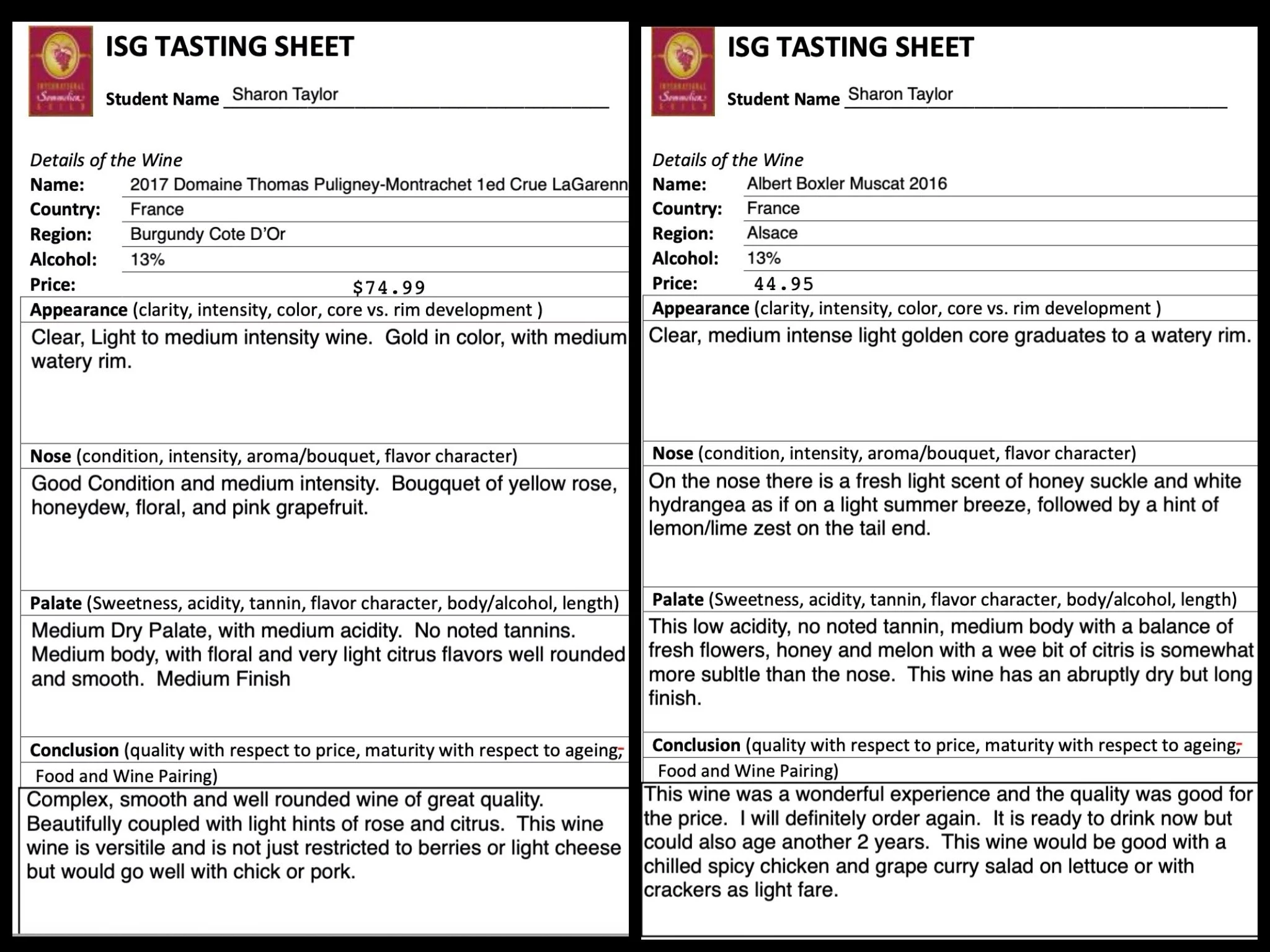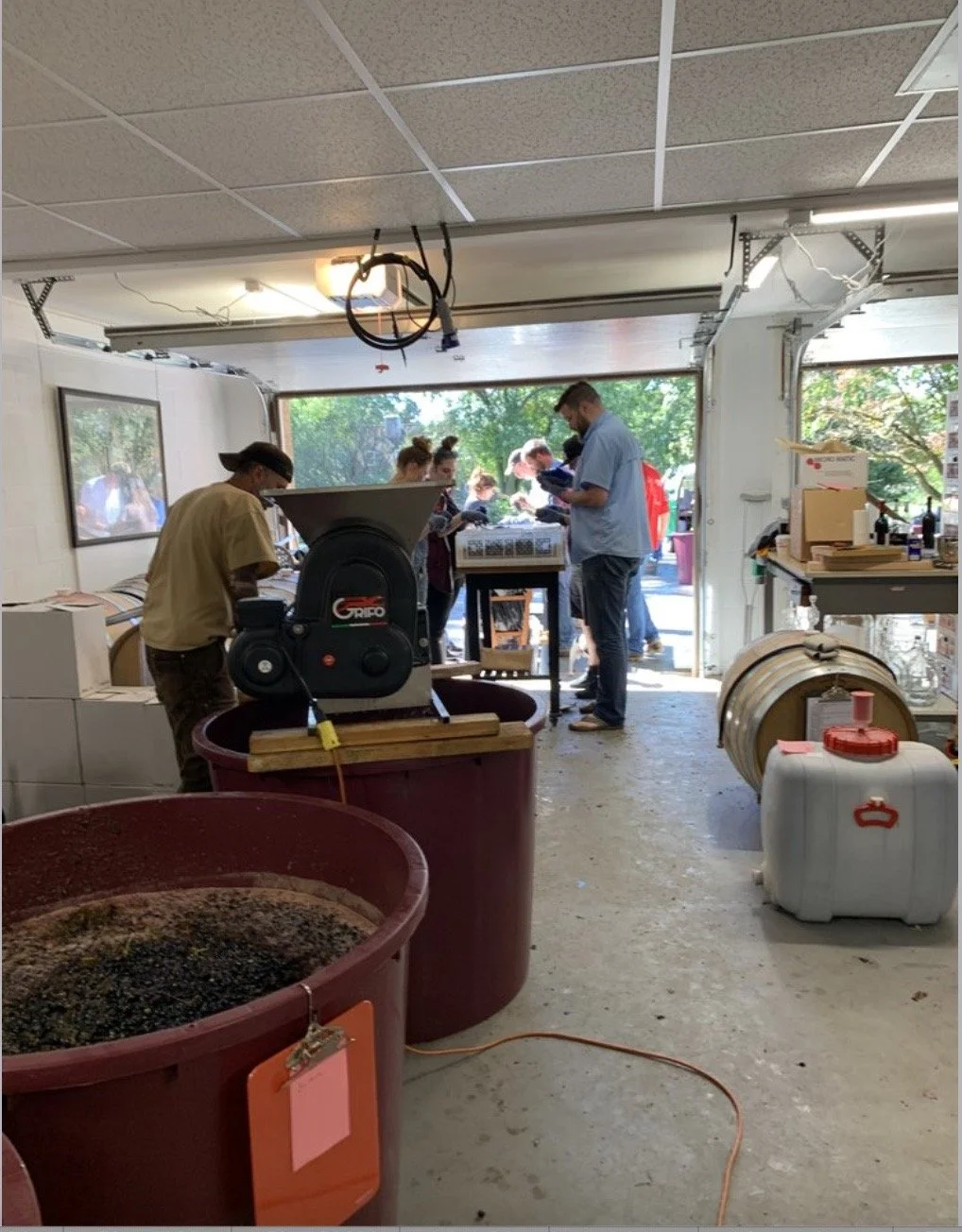About that Body ... 1.12.24
Back in 2020, I took a set of wine classes from the International Sommeliers Guild. After reading a chapter of theory and passing a test, there was a tasting assignment. Tasting notes were then submitted via email to the instructor using the form in the picture above. The instructor would email back with suggestions and requirements that were met or not met.
One of the sections in the tasting notes is the “Palate” which is the sweetness, acidity, tannin, flavor character, body/alcohol, and length. Within each of these categories there are descriptors that are to be used. For example. Sweetness is described as Bone Dry, Dry, Off Dry, Sweet, and Very Sweet.
While flavor character is what I predominantly speak about pertaining to my wines, I think body is almost as important when trying to determine what wine a person would enjoy and sometimes it is, in effect, the most important.
Body, described as light to full, is the viscosity of the wine or the weight that the wine holds on the palate. Alcohol and sweetness contribute to the wines viscosity.
Alcohol is visible in the legs or tears and the way the legs/tears run down the sides of the glass can relate to it’s sweetness. (The Marangoni Effect on You Tube).
Grape type and terroir can contribute to viscosity as well, as can winemaking technique such as filtration and fining.
My classes at the International Sommelier Guild did not go into this level of detail about body of wine but I believe it is important to note exactly what causes a wine to be lighter or fuller in body. Body alone can tell a great deal of the story about a wine.




